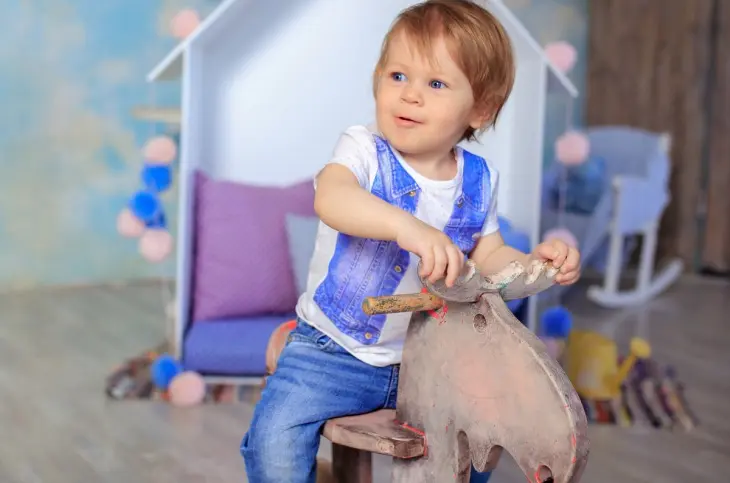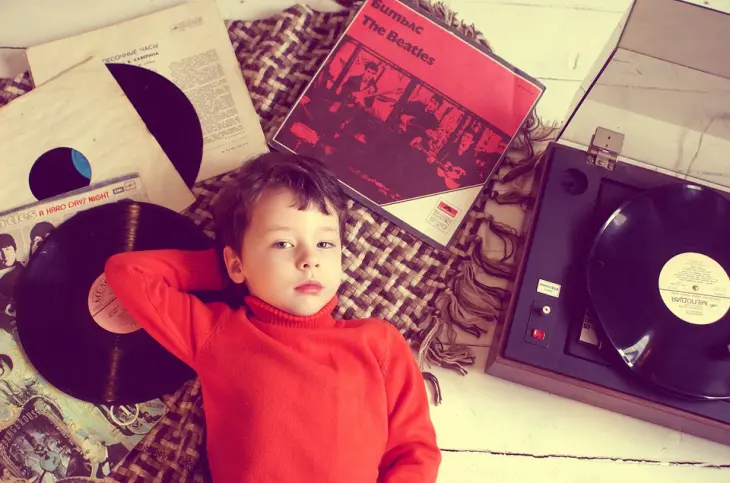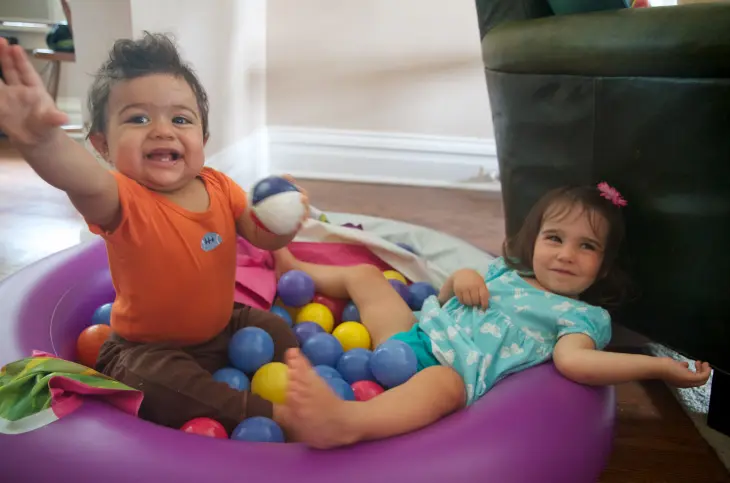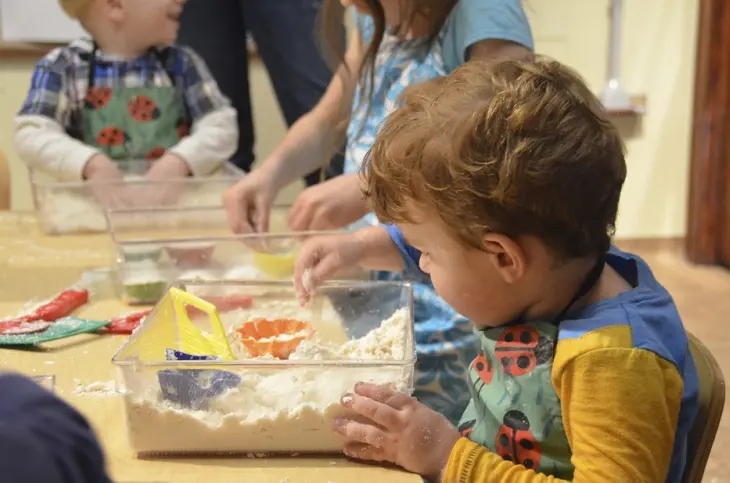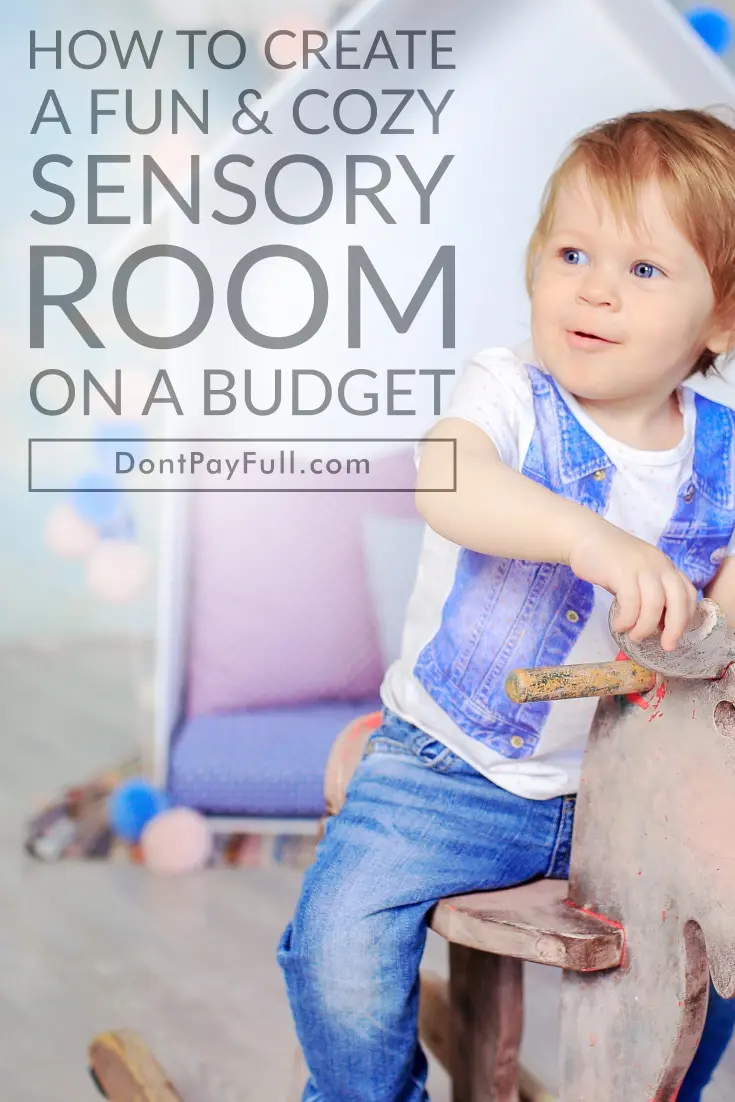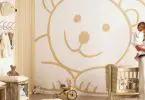For parents of children with special needs, every day brings new challenges. These kids are navigating a world where their body and mind may be working against them. Finding a way to calm outbursts and teach lessons is made easier by using a sensory room.
A sensory room is a safe space where kids with disabilities, difficulties, and disturbances can go to calm their body. While originally created for students with autism, they’re great to use with any child having trouble self-soothing.
Most parents can’t afford all the innovative tools and activities that schools have, but the good news is you don’t need to! You can make a sensory room on a budget with things you already have or can find at a thrift store.
Inexpensive Sensory Room Ideas
1. Sensory Room Lighting Ideas

There are four parts to an effective sensory room, and the first is lighting. The level of lighting, as well as the color, can affect a child’s mood. Harsh or flickering lighting can hurt the eyes of someone with autism, while blue lighting creates a warm and creative environment.
Keep the lights low enough to be soothing, and bright enough to be able to do writing and coloring. Christmas lights, net lights, and lava lamps are all easy to find for cheap and make a great atmosphere for a sensory room. This DIY light table is an excellent source of light and doubles as an activity!
Gradual shifts in color can be soothing as long as they’re not sudden shifts. LED lights are fantastic, and can be wrapped in a thin fabric for better glow.
2. Sensory Room Music Ideas
Just like reading to your child exposes them to new words, a child’s range of hearing can be stimulated by new pitches, tones, and rhythms in music. The music for a sensory room will be different for each child.
For an active boisterous child start with music that’s a little more fast-paced, which then gradually gets calmer. For a child who needs stimulation start with slower music that gradually increases in tempo. The music should always be instrumental, no singing or voices.
A portable CD or old MP3 player and some cheap speakers will do just fine to play music. Just make sure there’s no humming in the speakers because it can be distracting to the child.
3. Sensory Room Furniture Ideas
Now it’s time to fill the room with soothing objects. The furniture you put in the room is a vital part of the success your child has in it. Sensory rooms in schools will have everything from ball pits to swings and smart boards. That’s out of most people’s budget but there are inexpensive alternatives that meet the same objective.
Used sports equipment like exercise balls and small trampolines are easy to find at resale stores. An inflatable pool with hollow balls makes a great ball pit, and a rocking chair is a must-have. Body socks are popular and you can make your own out of Lycra for a fraction of the price.
Also, if you’re turning a corner or part of a room into a sensory room, then drape some fabric to create some privacy. The sensory room should feel like an escape rather than a part of a bigger room.
4. Sensory Room Activities
Having activities that build your child’s sense and body perception is at the heart of the sensory room, and you don’t need to spend any money to make awesome multisensory activities. This busy board is literally a junk drawer super-glued to a piece of wood.
Here are some great DIY sensory room ideas:
Don’t feel like you have to spend obscene amounts of money creating a safe space for your child. You can make a sensory room on a budget and get great results. Make sure to check out our complete list of grants and resources for kids with special needs.
Like this article? Pin it!

